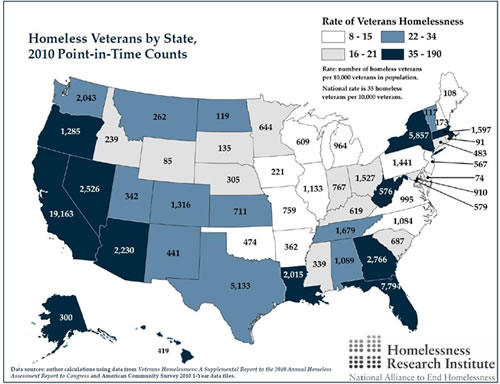
Veterans experience
- P.A.C.E., Inc. is extremely proud of our Veterans and we are determined to serve them and their families with the assistance they individually require from homelessness, clinical, therapeutic, psychological, transportation to spiritual enlightenment. P.A.C.E. wants to offer our veterans an opportunity for residency and/or future home ownership.
P.A.C.E., Inc. will also focus on the unification of veterans with their familes and family relocation as needed. Veterans will be assisted in obtaining identification in order to obtain jobs and for the establishment of other day to day necessities.
Purpose
PACE will offer housing assistance for homeless veterans and their families with case management and clinical service assessments, while recognizing those services that are provided by the Department of Veterans Affairs (VA) at its medical centers and in the community.
PACE will assists homeless veterans and their families by affording decent, safe, and sanitary housing. Beneficiaries are selected based on certain requirements including health care eligibility, homelessness status, and income. According to the VA, since 2008, beneficiaries are no longer required to be chronically mentally ill or have chronic substance abuse disorders. However, chronically homeless veterans are a target population for PACE.
Per Veterans Inc. (www.veteransinc.org)
Veterans & Homelessness
- Number of veterans as of Sept. 2009: approximately 23 million1
- Increasing numbers of returning military personnel: according to the Mass. Dept. of Veterans’ Services, approximately 31,000 service members have returned to the Commonwealth since Sept. 11, 2001.
- Between 529,000 and 840,000 veterans are homeless at some time during the year.2
- On any given night, more than 300,000 veterans are living on the streets or in shelters in the U.S.
- Approx. 33% of homeless males in the U.S. are veterans.2
- Veterans are twice as likely as other Americans to become chronically homeless.2
- Veterans represent 11% of the adult civilian population, but 26% of the homeless population, according to the Homeless Research Institute (2007).
- Veterans are more at risk of becoming homeless than non-veterans
- The number of homeless Vietnam-era veterans, male and female, is greater than the number of soldiers who died during the war.1
- Primary causes of homelessness among veterans are:
- Lack of income due to limited education and lack of transferable skills from military to civilian life (especially true of younger veterans returning from Iraq and Afghanistan)
- Combat-related physical health issues and disabilities
- Combat-related mental health issues and disabilities
- Substance abuse problems that interfere with job retention
- Weak social networks due to problems adjusting to civilian life
- Lack of services.3
Sources include:
1 U.S. Department of Veterans Affairs
2 National Coalition for Homeless Veterans
3 National Alliance to End Homelessness
Per The National Coalition for Homeless Veterans (www.nchv.org)
Location of Homeless Veterans | Knowledge | Corporate Connection
In January 2011 four states – California, Florida, New York, and Texas – accounted for 52% of all homeless veterans across the country, though only representing 28% of the total veteran population.
In 2010, 68% of homeless veterans accessed residential services in principal cities. This concentration of veteran homelessness in principal cities is more notable considering that the general adult and total veteran populations have a very different geographic distribution; the majority of U.S. adults (63%) and the majority of veterans (69%) are located in suburban and rural areas.
By the numbers*:
- 67,495 homeless veterans on the street each night
- 144,842 veterans use homeless housing programs each year
- The number of homeless female veterans rose more than 140% from 2006 to 2010
- State Homeless Resources Map: From U.S. Interagency Council on Homelessness, with statistics and contacts for all 50 states

More info: Homeless veterans breakdown by local community, 2007-2011
Note: The map represents the 2010 Point-in-Time Counts and not the latest 2011 statistics.
*Statistics from the report Veteran Homelessness: A Supplemental Report to the 2010 Annual Homeless Assessment Report and the 2011 Point-in-Time Estimates of Homelessness: Supplement to the 2010 Annual Homeless Assessment Report


